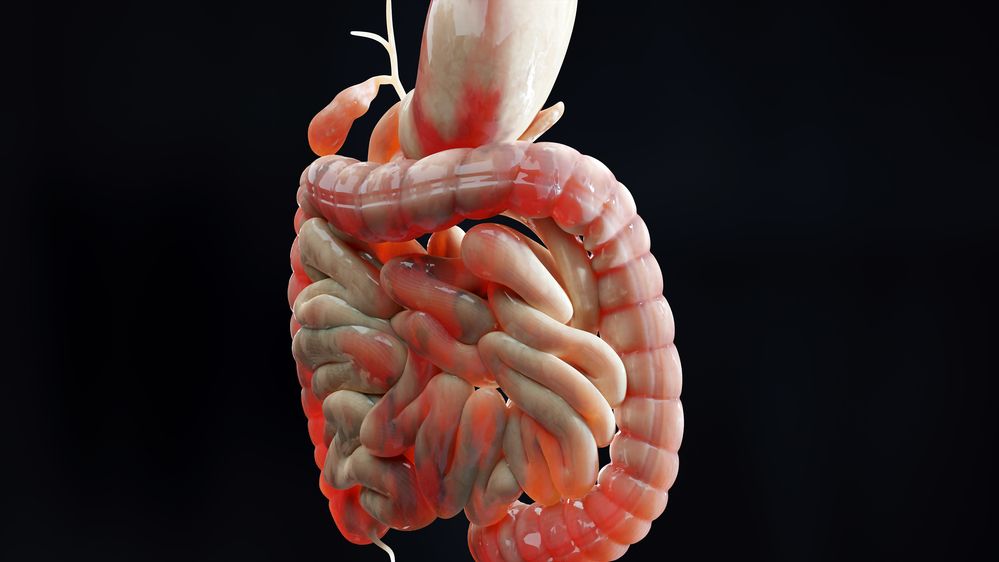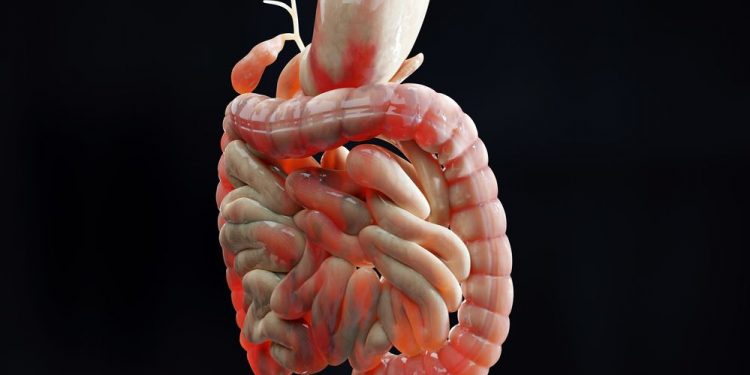Throughout the digestive tract, food travels in waves through the muscles called peristalsis. When peristalsis is disrupted, the food and fluids inside your intestines can build up and cause symptoms of bloating, abdominal distension, constipation and nausea.
Symptoms may develop suddenly or slowly over several weeks. Usually, ileus is a reversible condition that can be treated with bowel rest and hydration. If you are experiencing severe abdominal pain, a change in toleration of enteral feeds or continuous dehydration, hospital admission is necessary.
Intestinal obstruction – Ileus symptoms
A bowel obstruction is a blockage of the small or large intestine that prevents food, liquid or stool from passing through it. It can occur as a result of a hernia, cancer, infection or other problem in the stomach or colon. Intestinal obstruction can also be the result of fibrous bands (adhesions) that form in your abdomen after surgery.
Paralytic ileus, which is a severe form of ileus, occurs when the peristalsis in your intestines stops or is significantly reduced. Risk factors include hernias, inflammatory bowel disease such as Crohn’s disease or diverticulitis, abdominal surgery and intestinal tumors.
The intestines are long tubes that break down your food and absorb liquid before it is sent out as poop. During peristalsis, the smooth muscle in your intestines moves in waves, moving the food and liquid from the esophagus to the stomach. The resulting contents of your stomach are moved into your small intestine.

Signs and symptoms of ileus vary from person to person, depending on the cause and severity of the obstruction. The most common symptoms are abdominal pain, nausea or vomiting and constipation.
Your doctor will listen to your bowel sounds and examine you by using a stethoscope and x-rays of your abdomen. They may also do blood tests to check for signs of infection and electrolyte abnormalities.
When you are diagnosed with an ileus, your doctor will likely prescribe a restrictive diet to reduce the pressure on your intestines. This means that you can only drink or eat liquids, which may include water, juices and soups, and no solid foods. If your bowel obstruction is severe, you may be put on a feeding tube to get the fluids and nutrients you need during treatment.
If you have a more serious form of ileus, your doctor will try to decompress the intestines. This usually involves placing a nasogastric (NG) tube, which is a long plastic tube that is placed through your nose and down into the gastrointestinal system, so that it can pull air from the intestines to reduce the pressure.
You will be given medications to help reduce the pressure and pain in your intestines and keep them moving. These drugs are typically opioid analgesics, which are powerful pain relievers.
Once your bowel obstruction is under control, you may be allowed to eat a more normal diet. This will be done gradually, so your intestines have time to recover from the pressure they were under during your ileus.









